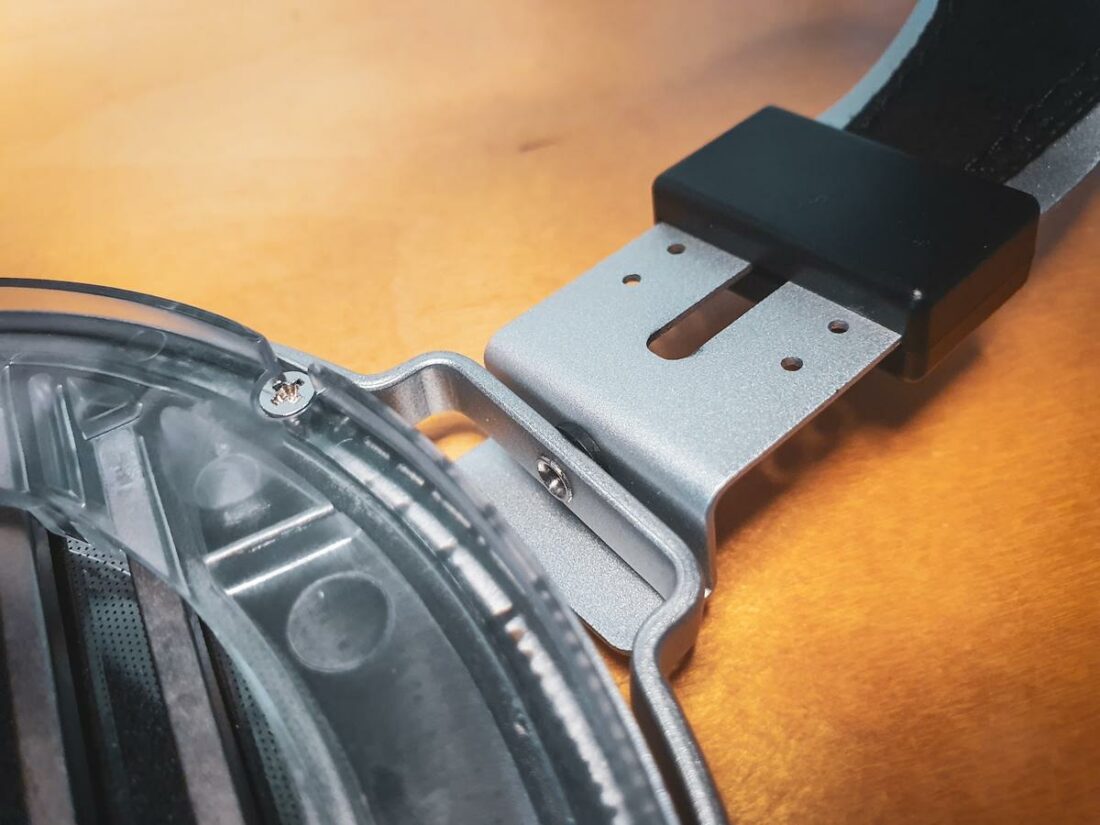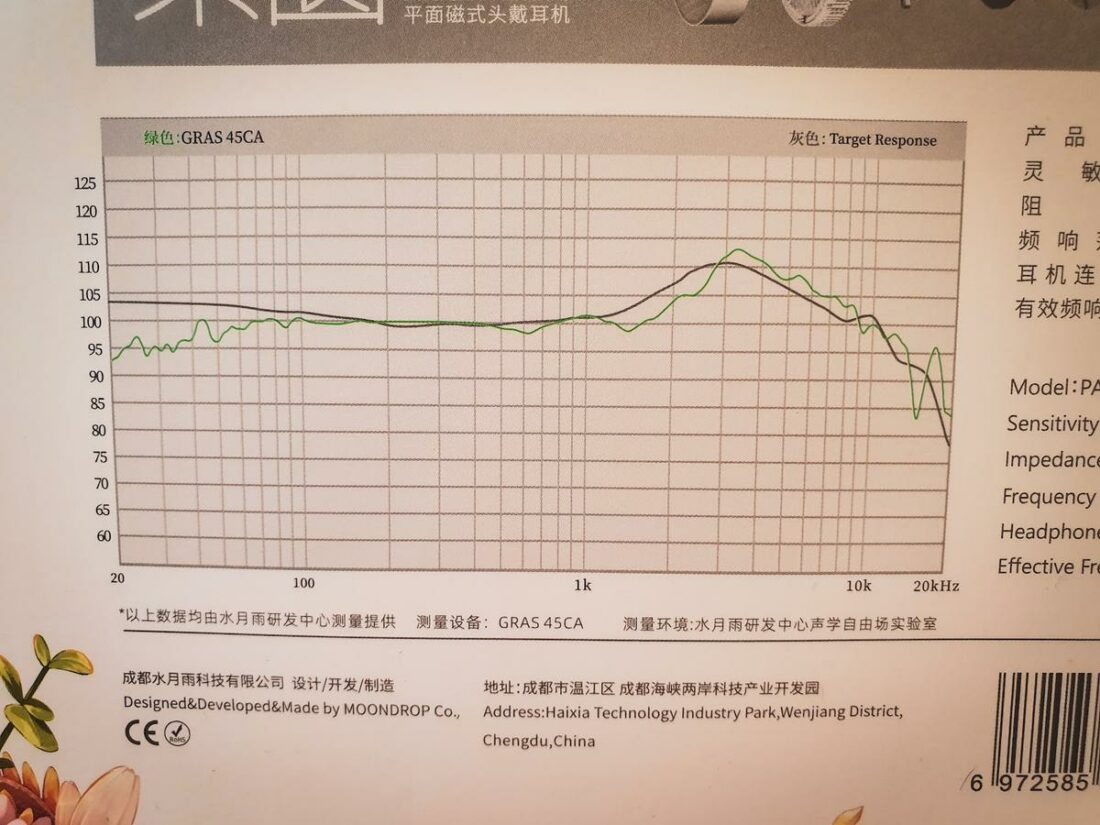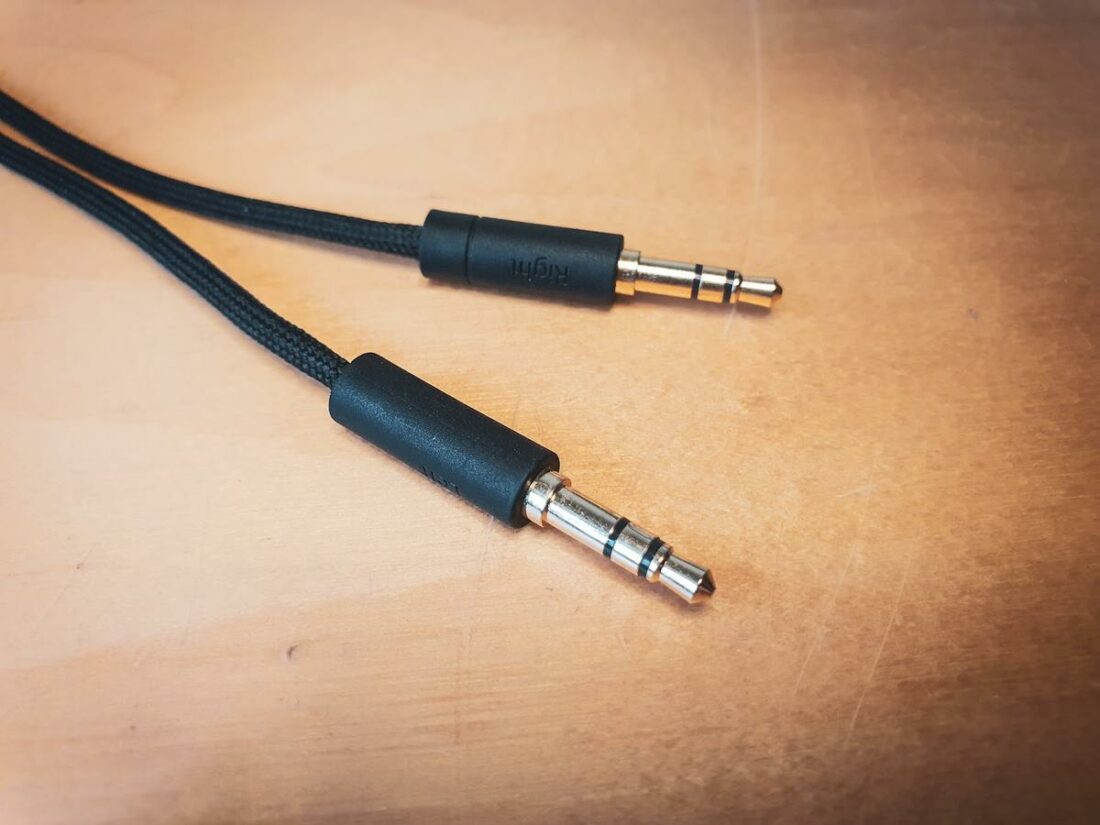The Moondrop Para are a technical tour de force and a viable alternative despite minor missteps.
- Realistic ambiance
- Supreme clarity
- Generally comfortable
- Very precise imaging
- Quite neutral
- 80db/mW at 8 ohms is a tough load
- Low-end is more informative than fun
- Mounting the pads is a hassle
- Some treble peakiness
- The 3.5mm jack is a strange choice
The Para aren’t Moondrop’s first foray into full-size headphones. While we at Headphonesty were not impressed with their Void and Joker dynamic headphones, the Venus were pretty great.
In theory, the Para should have trickle-down tech from Venus. Judged by just the looks, there is a certain resemblance. In the best case scenario, they might offer something entirely new as Moondrop RnD people may have cooked up something fresh.
So read on whether Moondrop Para have what it takes to challenge others in the fairly crowded, sub-USD $400 price range!
Unboxing and First Impression
Design and Build
When it comes to design, the granddaddy of modern orthodynamic headphones, the Audeze LCD-2, will always have a special place in my heart. They’re big, loud, and unabashedly American. The Moondrop Para are the opposite – gray, understated, yet precise and almost Bauhaus.

The humongous earcups are plastic with metallic-looking paint on top. If you don’t bite into them, you might assume they’re aluminum. I know I did. The holes look precisely machined, even if they are likely molded.

My only gripe build-wise is the rivets that hold the earcup yokes to the headband. I prefer bolts for better serviceability. Everything else feels solid in hand, and I can’t really see any points where early failure might creep up.
Cable
The cable, while functional enough, feels like an afterthought. While I don’t mind the dual 3.5mm TRS connectors going in the earcups, the other end having a 3.5mm is plain strange. I can tell you right away that the Para are desktop queens, and having to use an adaptor all the time is a bit clunky.

Other than that, the cable has a 1.5m length, which is adequate for desktop listening. The cloth cover works fine to prevent excessive tangling, yet it might pick up dust more than having bare wire isolation.
I don’t really lament the omission of a balanced connection solution.
Comfort
Like with many other orthodynamic headphones, the main issue with the Moondrop Para is weight. They weigh a whopping 530g! My neck muscles have been conditioned by owning the Audeze LCD-2, which are even heavier at 590g, but others might start feeling them after a few hours.

The hammock headband suspension does a superb job keeping any pressure points from digging into my skull. There is enough adjustment for the hammock to accommodate most head sizes.
Like with most headphones bundled with two types of pads, I stuck with the default pleather-velour ones, and they fit me very well.
Swapping the pads is quite an undertaking.

The pads are kept in place by a metal grill that sticks to the magnet structure. Getting the grilles off is easy, and stretching the pads is doable if a little finicky.
The real trouble came when I realized the pads could freely rotate on the earcup. They’re not symmetrical, so getting them aligned is super tricky. Luckily, a seam can be aligned with a rivet that holds the earcups to the headband.
Under the Hood
Like the Moondrop Venus, Para uses a double-sided magnet structure complete with a sliver etched diaphragm. When you remove the earpads, the whole driver sandwich looks curiously thin yet very sturdy. Plastic earcup halves hold the N52 neodymium magnets to maintain their alignment.

As always, before plugging any new headphones in, I looked at the spec sheet, and one number had me raise a brow. The Para have an 8 ohm load impedance. It’s a common myth that lower-impedance headphones are easier to drive when in reality impedance only describes the circumstances in which power should be delivered.

Moondrops specs the Para as 101dB/V sensitive, which looks like a sensible number. Yet it’s a bit misleading because with voltage sensitivity, we always have to consider the impedance. If we calculate the power sensitivity, the Para is only a hair over 80dB/mW!

The problem is that only a few headphone amps are designed to work with 8 ohm loads.
Driving 8 ohms is more of a speaker amp thing that can source the needed current and maintain composure while doing so. For example, a 120dB/SPL peak on the Para ask the amp to source about 1 ampere!
How Do the Para Sound?
It took me about a minute after pressing “play” to realize how resolving the Moondrop Para are. At first, I blamed a treble emphasis that exaggerates detail. However, there’s no such thing with the Para. It’s all honest, high-performance driver design with actual resolution across the audible range.

The next surprise came how effortlessly the Para convey the recording scale and ambiance. It’s not quite up to the level of electrostatics, but there is something about having a diaphragm with five times the piston area of most dynamic drivers.
The Para are resolving enough to highlight differences between DACs, and I’m sure they will scale with better amps as well – as long as the amps can handle the tricky electric load.
Bass
The Para have enough extension for most of the low-end, but it slowly tapers down as you go into sub-bass.
As with many open-back headphones, the low-end is more introspective than downright fun with the Para. It’s fast and dynamic but lacks quantity if one comes from the IEM world, where bass often gets shelved up.

It’s also very much apparent that the Para have exceedingly low distortion in the lows, as is the case with most planar magnetic headphones. Even when asked to play loud, the bass never has any doubling, noise, or resonance from the headphones’ structure.
Midrange
The mids are exceedingly clean yet never clinical.
Those looking for lush mids should look elsewhere; the Para only serve what’s on the recording and whatever the playback chain omits or adds in. Fire up Rainbow Demon by Uriah Heep and rediscover the layers of this recording.

After listening to many different kinds of music, only two slight objections appeared – around -3dB dip centered at 2kHz followed by a +3dB hump at 3 to 3.5kHz. I didn’t find them too annoying – just something to keep in mind.
Treble
Despite the slight peak at 8kHz, there’s tons of extension and detail.
Orthodynamic headphones often struggle with treble. The reason is that the diaphragm has to radiate through the magnet structure. Audeze, for example, has tried to optimize the shape of its magnets to combat this.

The Para are surprisingly competent in the upper registers. While some peaking is present, it’s well-controlled and doesn’t cause excessive ear fatigue. As with the rest of the frequency range, highs also retain the same impressive resolution. If your DAC or amp has treble issues, you’ll hear them through the Para.
Comparisons
I recently reviewed another Beast from the East – the FiiO FT3. Surprisingly, the FT3 did a few things better than the legendary brainchild of Axel Grell, the Sennheiser HD650.

Compared to the FT3, the main thing that sticks out is the Para’s overall tuning. The FT3 are more bassy and a bit warmer sounding. Overall, the FT3 are a more fun listening experience; however, the Para outclass them in terms of overall resolution and realism.
In terms of the soundstage, the FT3 seem a bit wider, yet the phantom images are pretty diffuse. Imaging on the Para is way more precise; therefore, sound sources are easier to identify on the phantom stage.
Where to Buy
Who Should Buy This?
It’s more a question of whether your amp will drive these headphones than whether you should buy them. The 8 ohm load makes these sneaky as you’ll get enough volume, but in the meanwhile, your amp will cook. I’m afraid that many opamp-based amplifiers will hate the Para as they are not rated for the low impedance load.
Aside from the steep electronics requirements, the Moondrop Para are an easy recommendation for almost any listener. Only bassheads should look elsewhere, as they’ll require EQ to sculpt the Para to their liking.
Final Thoughts
Depending on what your requirements are, the Moondrop Para can be both a terrific first planar or even an endgame pair of headphones if the USD $1000+ price range seems too crazy. The overall tuning on the Para is hard to fault, with only slight errors in the upper mids.
The outstanding resolution and imaging performance make the Para a standout in the below USD $500 price bracket.
So what’s there not to love? The amplification requirements are unusually brutal and require speaker amp-like electronics. My Jotunheim 2 fared fine (if a bit toasty), but I expect most opamps will cry uncle.
What’s in the Box?
- Moondrop Para headphones
- Alternate pleather earpads
- 1.5m unbalanced cable
- 6.35mm adaptor
- User manual
- Brand card
Technical Specifications
- Form: Open-back over-ear headphones
- Driver: Planar Magnetic
- Impedance (Ohm): 8 ohms
- Sensitivity (dB): 80dB/mW
- Weight (g): 530g
- Frequency Response (Hz): 15Hz – 53kHz
- Removable Cable: Y
- Source Jack: 3.5mm
- Cup/Shell Jack: 2×3.5mm

Nice review, its pretty terrifying what you said about this headphones sensitivity though,
do you think 4w bal would work with para at all? Hifiman serenade.
Also its funny how moondrop basically obesleted the venus
Thanks, Michael! When a regular headamp is presented with an 8 ohm low-sensitivity load two things can happen:
1. The output stage can lose stability and start self-oscillating
2. The output stage can overheat itself because of the unsustainable current ask
The problem is that these issues can be inaudible until it’s too late. As for the Serenade, looking at the specs they promise 2.8W@32ohms. At low impedances all amps are current limited and 2.8W@32ohms is around 300mA. Why am I not using the BAL power spec? Because BAL gives us extra voltage, not current. And connecting the Para BAL would present each amp with a 4 ohm impedance which is even worse. In any case if your amp can source 300mA into 8 ohms then you’re looking at 109dBSPL with the Para. In my opinion it’s too little.
I don’t know whether the Para replaces Venus. The AFR looks better on the Para but Venus might be more technically proficient.
You might have misunderstood something regarding balanced and unbalanced connections. Balanced amplification can indeed provide more power, but it doesn’t alter the fundamental electrical characteristics of the headphones. The increased voltage in a balanced output does not change the headphone’s impedance. Therefore, connecting the Moondrop Para in a balanced manner does not result in a 4 ohm load per amplifier channel; it remains an 8 ohm load. The key is ensuring that the amplifier can effectively drive an 8 ohm load, which depends on its specific power output and current delivery capabilities. A small DAC/AMP like the Qudelix 5K should have absolute no problems driving the PARA.
You are right that the actual impedance of the voicecoil doesn’t change. Halving the “virtual” impedance “seen” by the bridged amplifier is an expression used because the current conditions of each bridge half are as if it would be driving half the impedance. In other words – you get twice the voltage but very little increase in current capability unless the amps in question are purpose-built for bridged operation.
As for the 5k, the real problem is that the ES9219 has no official power ratings into an 8 ohm load. Luckily there are measurements with a 10 ohms which is 25% than 8, but what can you do… Apparently it should do around 117mA in 10 ohms. For Para it means about 100dBSPL peaks before clipping sets in. It’s up to you whether it’s enough. Also it remains to be seen what THD/IMD figures the ES9219 can muster at these levels.
Hi, I was wondering if Ifi Zen CAN could drive this headphone?
It will to some volume. Just keep an eye open so it doesn’t overheat if you like to listen loud.